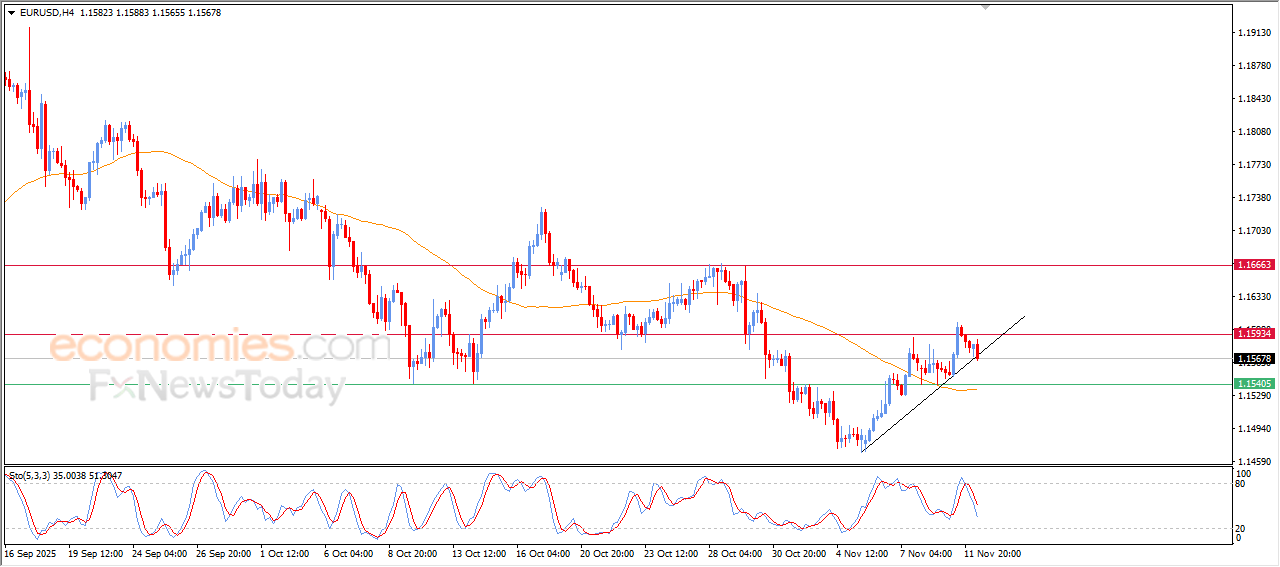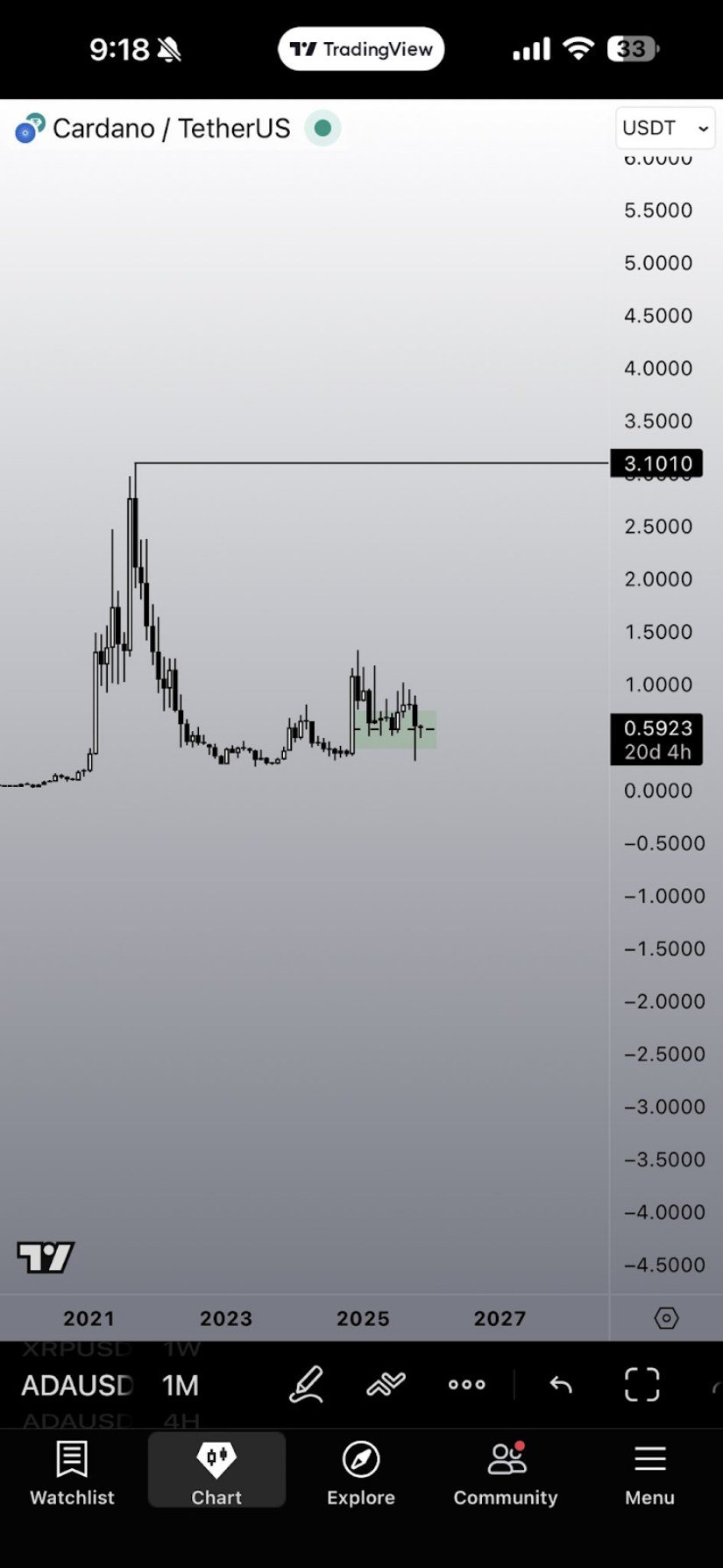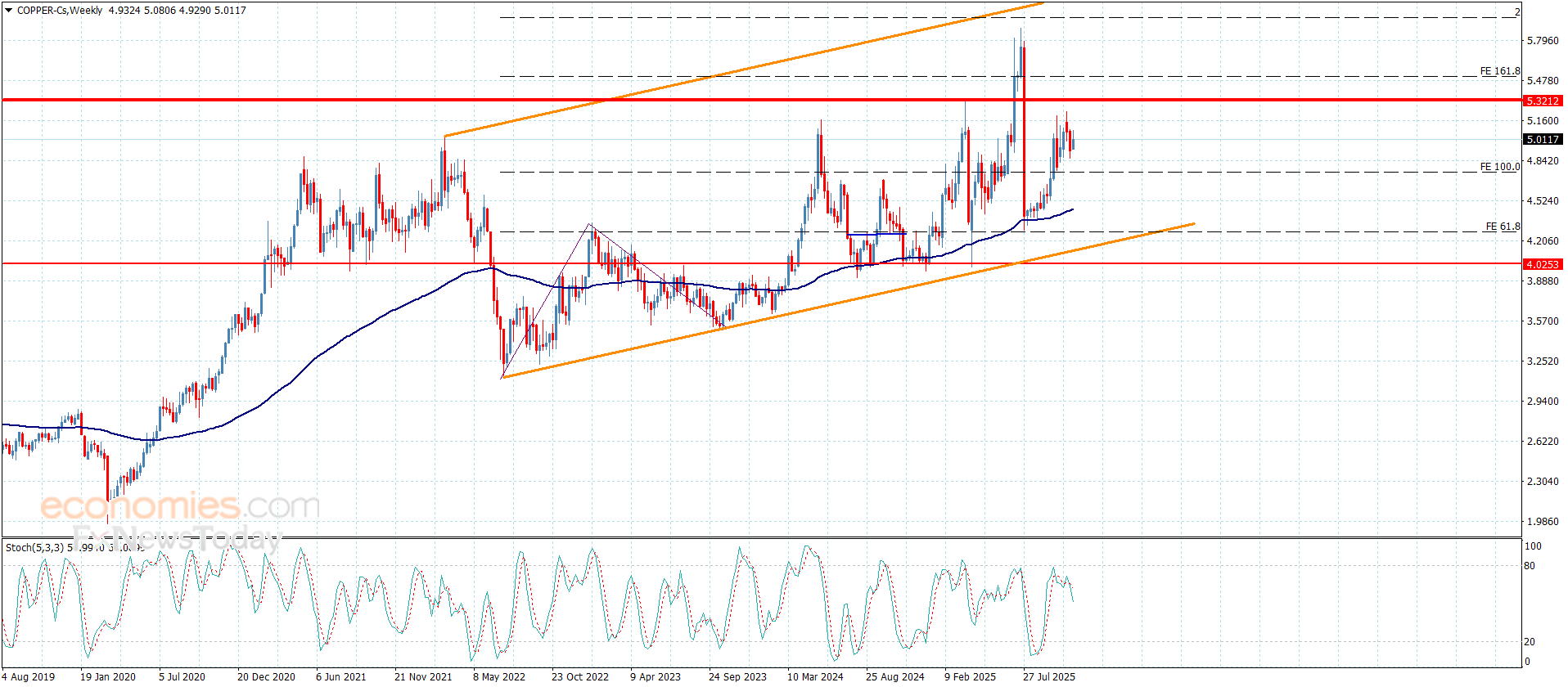Category: Forex News, News
XAU/USD recovery stalls below $4,150 resistance
Gold (XAU/USD) remains practically flat on the daily chart on Wednesday, as hesitant market, as investors are reluctant to take risks ahead of the US government’s reopening. The precious metal’s recovery has stalled below $4250 resistance area, but downside attempts remain contained above $4,100 for now.
The US Dollar Index, which measures the value of the Greenback against a basket of currencies, has shrugged off the negative impact of Tuesday’s employment data and is picking up from two-week lows. This is keeping bullion from appreciating higher, which leaves the pair in no-man’s land above $4,100.
Failure to break $4,150 might lead to a correction
The technical picture is showing a loosening upside momentum. The 4-hour Relative Strength Index (RSI) remains within positive territory, at 612.00 at the time of writing, although the Moving Average Convergence Divergence (MACD) is showing a bearish cross, suggesting some negative pressure.
Failure to extend gains beyond the resistance area around the mentioned $4,150 area (October 22, 23 and 24 highs) might give bears hopes to break Tuesday’s lows at $4,090, aiming to the previous resistance area at $4,050 (October 31 highs) and the area right below the $4,000 (November 6, 7 lows)
A confirmation above $4,150 would expose the previous support area at $4,220 (October 20 lows), ahead of the all-time highs, around $4,380 (October 20, 21 highs).
Gold FAQs
Gold has played a key role in human’s history as it has been widely used as a store of value and medium of exchange. Currently, apart from its shine and usage for jewelry, the precious metal is widely seen as a safe-haven asset, meaning that it is considered a good investment during turbulent times. Gold is also widely seen as a hedge against inflation and against depreciating currencies as it doesn’t rely on any specific issuer or government.
Central banks are the biggest Gold holders. In their aim to support their currencies in turbulent times, central banks tend to diversify their reserves and buy Gold to improve the perceived strength of the economy and the currency. High Gold reserves can be a source of trust for a country’s solvency. Central banks added 1,136 tonnes of Gold worth around $70 billion to their reserves in 2022, according to data from the World Gold Council. This is the highest yearly purchase since records began. Central banks from emerging economies such as China, India and Turkey are quickly increasing their Gold reserves.
Gold has an inverse correlation with the US Dollar and US Treasuries, which are both major reserve and safe-haven assets. When the Dollar depreciates, Gold tends to rise, enabling investors and central banks to diversify their assets in turbulent times. Gold is also inversely correlated with risk assets. A rally in the stock market tends to weaken Gold price, while sell-offs in riskier markets tend to favor the precious metal.
The price can move due to a wide range of factors. Geopolitical instability or fears of a deep recession can quickly make Gold price escalate due to its safe-haven status. As a yield-less asset, Gold tends to rise with lower interest rates, while higher cost of money usually weighs down on the yellow metal. Still, most moves depend on how the US Dollar (USD) behaves as the asset is priced in dollars (XAU/USD). A strong Dollar tends to keep the price of Gold controlled, whereas a weaker Dollar is likely to push Gold prices up.
Source link
Written by : Editorial team of BIPNs
Main team of content of bipns.com. Any type of content should be approved by us.
Share this article:






